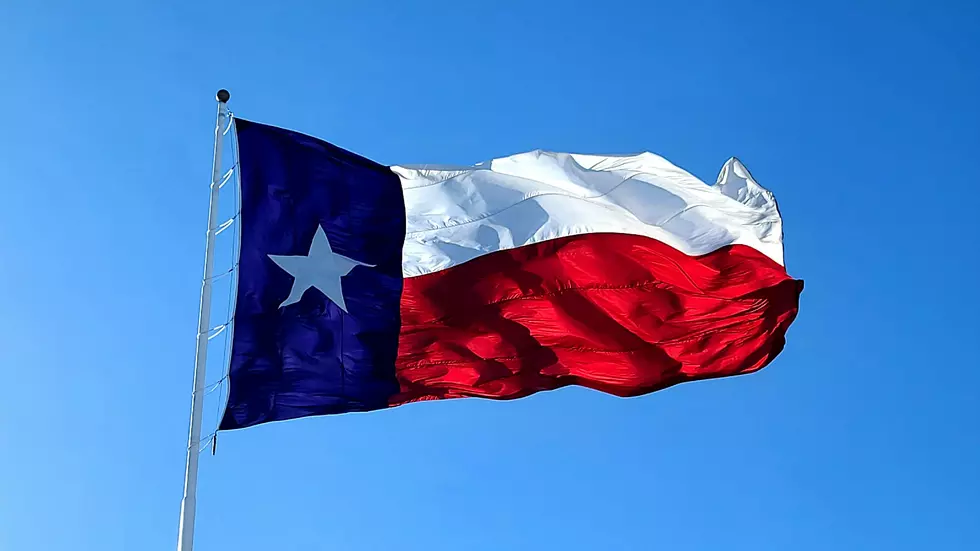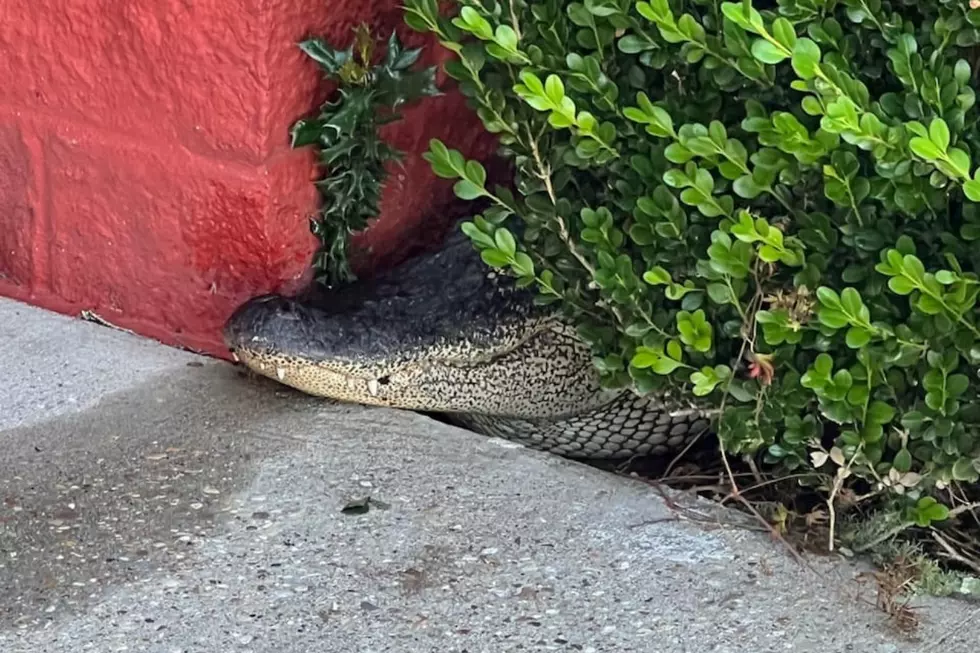
Satellite Photos Confirm Worst Fears for Louisiana Summer
In Louisiana, the term "nightmare fuel" can mean a lot of different things. For a lot of us, it's gumbo the way they make it at Disney or the sudden influx of brake lights on the Atchafalaya Basin Bridge on I-10. Yeah, each of those scenarios can cause our pulse to quicken and our palms to sweat. But in all seriousness, a few pictures from several miles above the surface of the Earth might be all you need to see to move your anxiety level up a notch.
As of Saturday Louisiana and the rest of the tropical Atlantic Basin will officially be in Hurricane Season. The forecasts for the season from several major forecast entities suggest the 2024 season might be one of the more robust tropical seasons of the past couple of decades.
A recent comparison of climatological data from 2005 and 2024 showed some very eerie similarities. Scientists suggest the data from 2024 looks even more troublesome than the same data collected in 2005. If you don't recall, 2005 was the Hurricane Season of Katrina and Rita, and those were just two of the record number of storms that season produced.
One of the entities studying our tropical weather and the changes that occur on our planet from year to year is the Cooperative Institute for Research in the Atmosphere. The CIRA looks at weather from on high and they are part of the highly respected meteorology department at Colorado State University.
CIRA recently posted this satellite loop from the GOES 16 satellite. The series of images capture changes in sea surface temperature in the Gulf of Mexico. If you watch the series unfold you can see a very concerning feature developing. Just to the northwest of Cuba and almost due south of the Mouth of the Mississippi River you can see a loop current.
That "loop current" has been funneling very warm water from the Caribbean Sea into the Gulf of Mexico. Just yesterday the sea surface temperature off the western coast of Florida was reported to be 90 degrees. Those very warm ocean temperatures help to fuel tropical storms and hurricanes when they develop.
What's particularly troubling about the location of the loop current is that any storm passing between Cuba and the Yucatan or through the Florida Straits between Florida and Cuba will pass right over this eddy of very warm ocean water.
This could lead to the rapid identification of some of these tropical storms. And if you look at the way the Gulf of Mexico is shaped, once a storm gets in the Gulf there is no way out but over land. And some of that land is what we call home here in Louisiana.
The Atlantic Hurricane Season officially begins on Saturday. The past few seasons have gotten started earlier since tropical systems developed in the Atlantic Basin in mid to late May before the official beginning of the season. But as of now, things in the tropics are quiet and as much as it's not likely to happen, we're going to keep hoping that it stays that way.
5 Cheapest Homeowners Insurance Providers in Louisiana
More From News Talk 96.5 KPEL







